"Triumphant return" T-62
T-62 with its various modifications is one of the most massive Soviet tanks of the Cold War. It has been produced since 1962, and received its "baptism of fire" in 1968 – during the occupation of Czechoslovakia. The tank "noted" in many conflicts in the Middle East and Africa, during the Soviet-Afghan and two Chechen wars. The last time before being withdrawn from service, the Russian army used the T-62 during the conflict with Georgia in 2008.
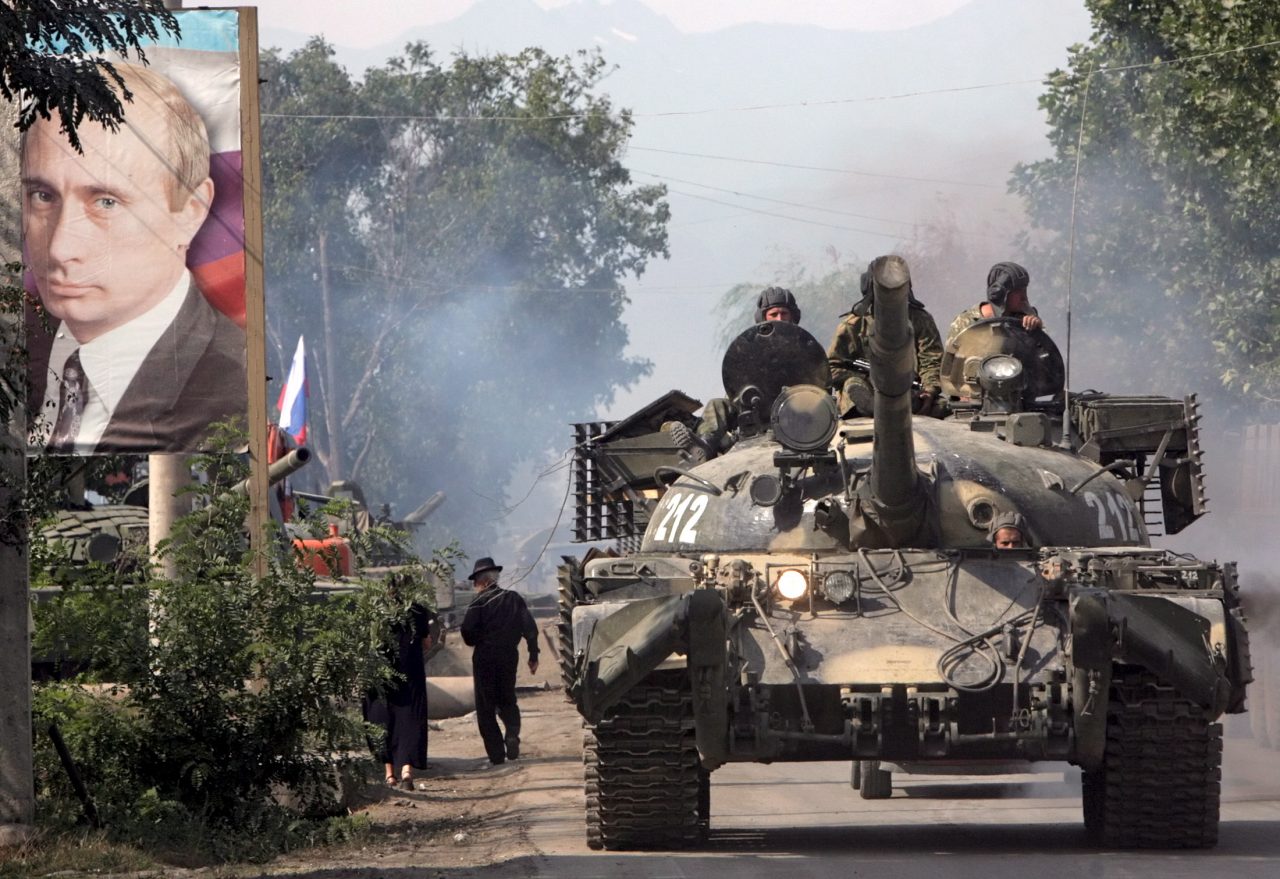
For the first time, warehouses with T-62 Russia unpacked in 2017. Then these tanks ended up in Syria in service with the forces of the dictator Bashar al-Assad. Initially, it was assumed that they would fight as part of the 5th Corps, an association created specifically for ground assistance to the Russian air group. The tanks were delivered in the T-62M variant, modernized in the 1980s – it can be recognized by the characteristic additional armor of the turret, which was nicknamed "Ilyich's eyebrows" in the Soviet army (in honor of General Secretary Brezhnev). Judging by the “DShB” markings, the tanks also ended up in service with the “volunteer assault battalions” of the Wagner PMC. At that time, Prigozhin was already not on the best of terms with the Russian Ministry of Defense, so it was more difficult for him to get modern equipment.

In addition, the reopening of the T-62 began to rehearse during mobilization training. Perhaps that is why they went to the front relatively quickly: the first echelon with these tanks arrived in Melitopol at the end of May 2022. In the future, most of them ended up in the Donbass and on the right bank of the Dnieper .
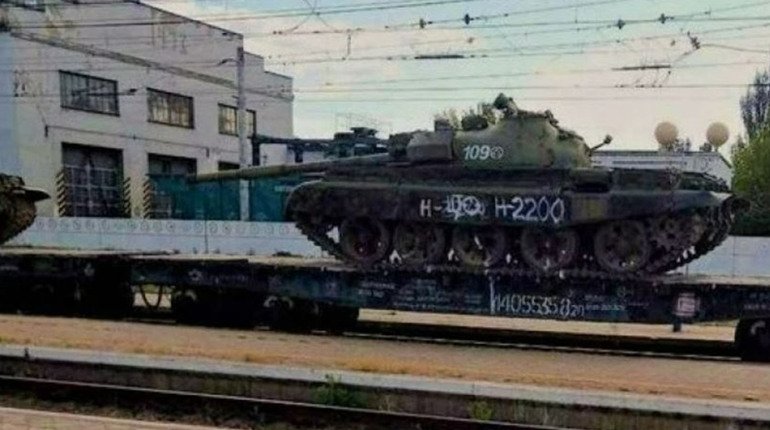
Military historian Bernhard Kast argues that the T-62 is not much inferior in performance to the early T-72 models, which are also used in the conflict. However, in battles, these tanks did not show themselves in any way: many were destroyed or captured , especially during the Ukrainian counteroffensive in the Kherson direction . Now the Ukrainians use the captured tanks mainly as training or base for repair and recovery vehicles .
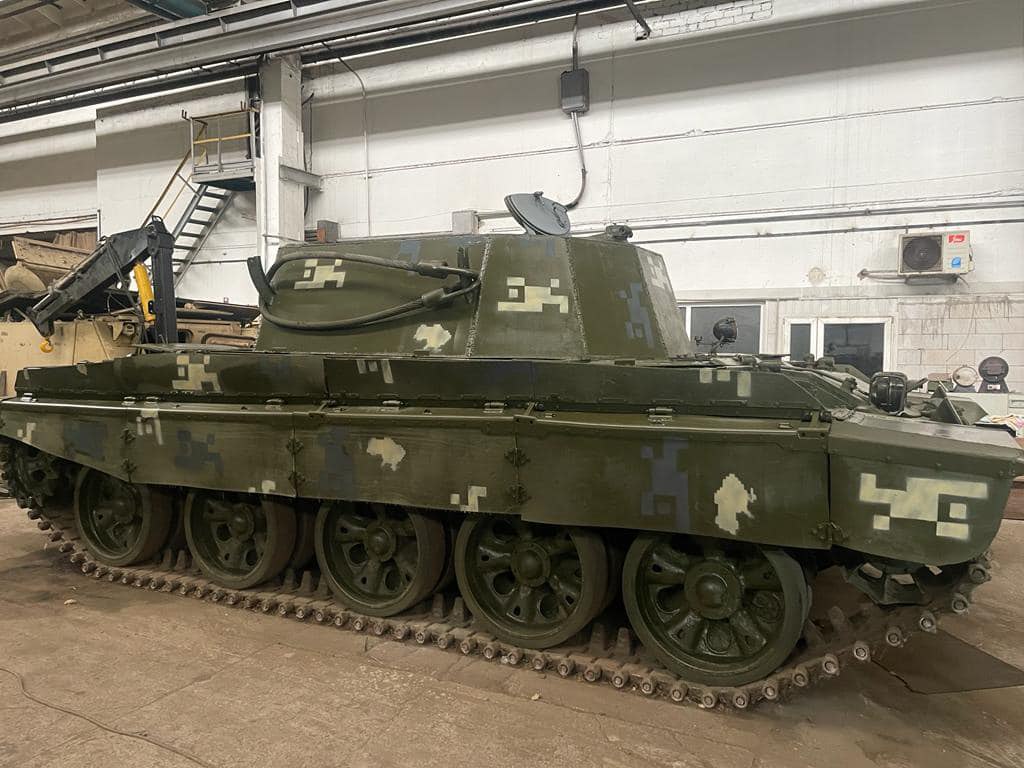
In November 2022, State Duma deputy Andrey Gurulev spoke on his Telegram channel about a plan to modernize 800 of these vehicles in 3 years at a tank repair plant in Transbaikalia. Now tanks are equipped with dynamic protection units and relatively modern thermal imagers. However, the work is lagging behind the plan: five months later, Gurulev reported that the plant had shipped "a battalion and a few more tanks", that is, no more than 30 vehicles in total.

"Stalin quality" howitzer D-1
The 152-millimeter D-1 howitzer of the 1943 model is the most striking example of the weapons of the Russian-Ukrainian war, with which “grandfathers” literally fought. Howitzers were actively used in the last stage of World War II and served in the Soviet army until the 1980s. In 2021, according to The Military Balance , there were 700 such guns in storage in the Russian Federation.
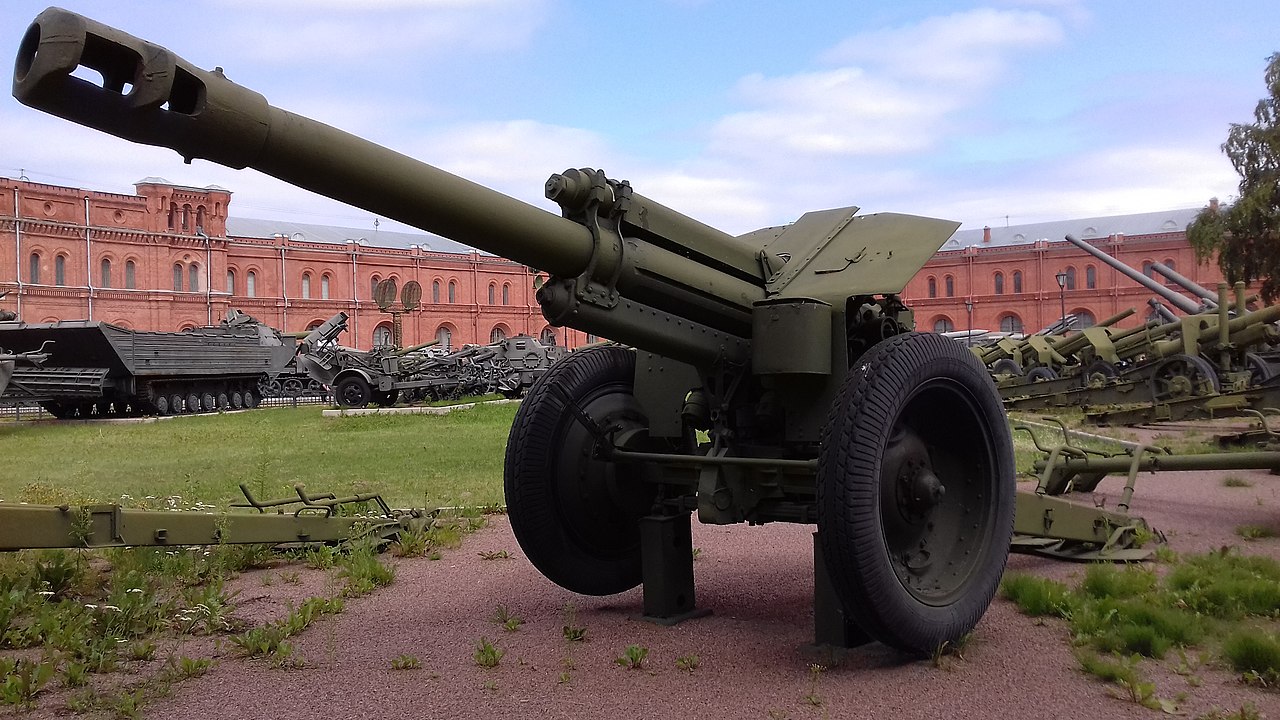
Andrey Morozov, a pro-Russian blogger and LNR serviceman, wrote on his Telegram channel that D-1s began to enter the troops in August 2022, including in order to use older 152-mm caliber shells. However, the first footage of a reactivated howitzer of this type in the Donbas appeared only in October. Morozov later released footage of the D-1 being used in combat, which appears to be from the summer of 2022.
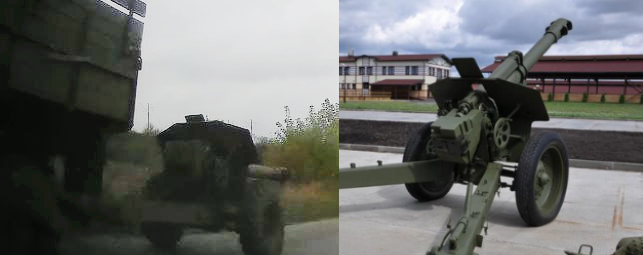
The "Stalin quality" of D-1 was ironically noted by the late "military commander" Vladlen Tatarsky. Indeed, there is a reason for irony: in terms of firing range, the D-1 howitzer is twice as inferior to the 2A65 Msta-B of the 1970s, which before the start of a full-scale war was the most massive towed gun in service with the RF Armed Forces.
"Maneuverable and mobile" BTR-50
The Soviet industry during the Second World War did not produce armored personnel carriers, so the Red Army soldiers were forced to be content with Lend-Lease supplies or, most often, go to battle on the armor of tanks and self-propelled guns. After the war, the military-industrial complex of the USSR began to catch up – the first mass-produced tracked armored personnel carrier was the BTR-50, which was put into service in 1954. The early series of this armored personnel carrier differed from the currently used armored combat vehicles in the absence of a troop compartment roof (which can accommodate up to 20 people), as well as the ability to load a light gun or mortar onto the BTR-50 and fire from it (including afloat).
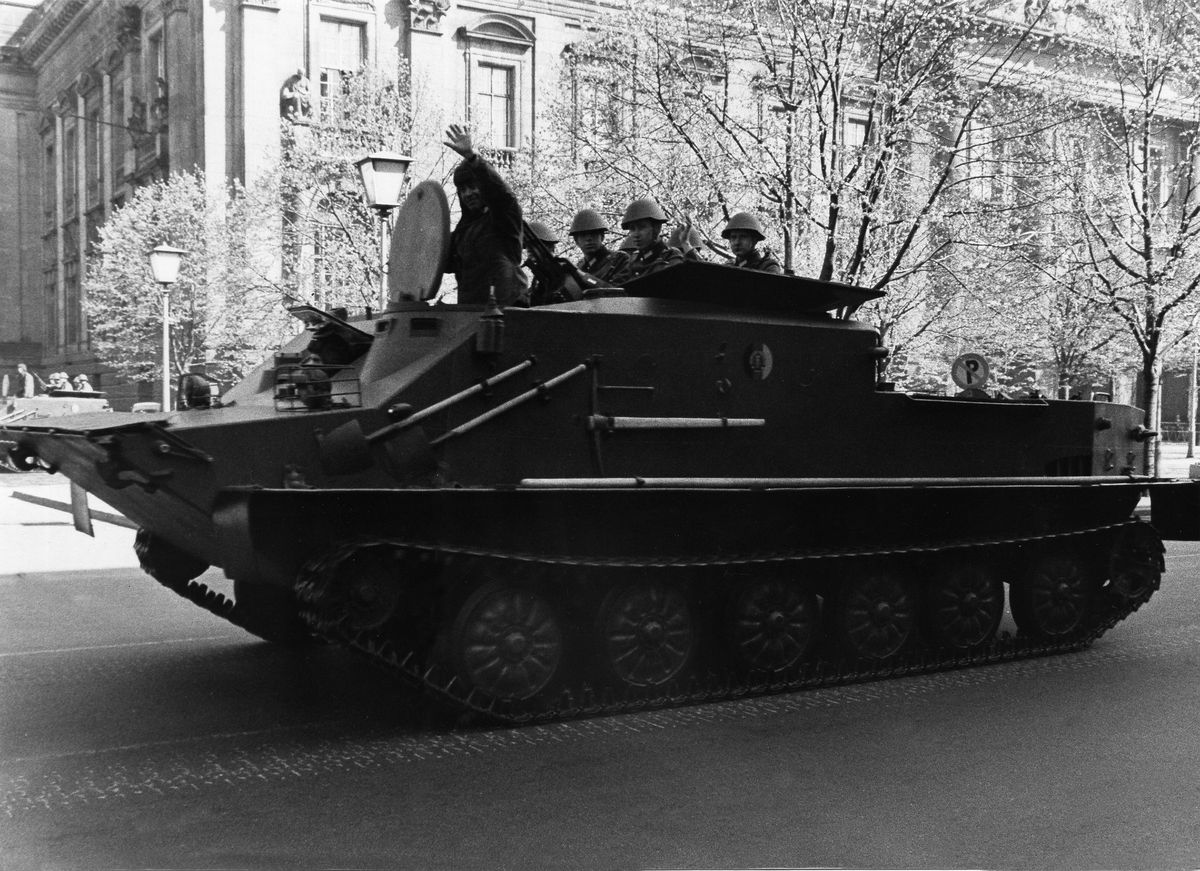
BTR-50 took an active part in the Arab-Israeli wars, where they were used by both sides. Israel managed to capture them in significant quantities, as well as other samples of Soviet armored vehicles supplied to the Arab countries. In Ukraine, before the full-scale war, attempts were made to modernize the BTR-50, but nothing is known about the fate of this project.
The first photo of the BTR-50 “in the NVO zone” was published by the pro-Russian blogger Kirill Fedorov. Later, a photo of an armored personnel carrier that clearly knew better times was posted by the Ukraine Weapons Tracker project. Experts note that the BTR-50PU is the commander's version of the vehicle in the picture. However, they find it difficult to guess how exactly it will be used. Analysts attribute the appearance of Russian BTR-50s in the war in Ukraine to a shortage of armored vehicles, including lightly armored vehicles, such as MT-LB multi-purpose tractors.
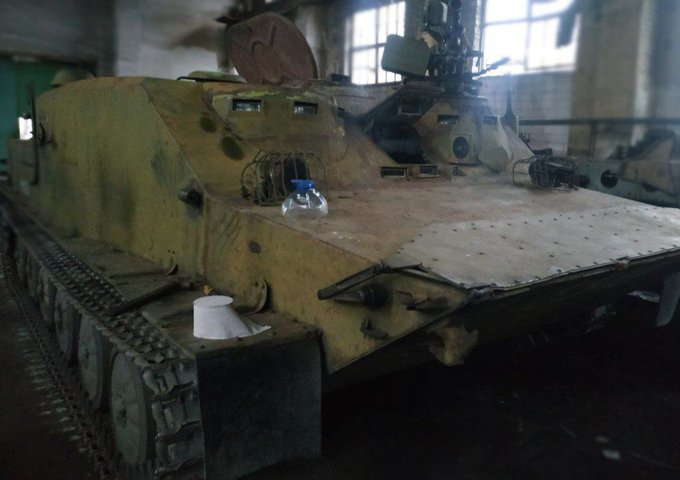
Most Z-channels perceived the appearance of the BTR-50 at the front with doom and acceptance. However, there were those who said that the machine "will provide superiority over the APU in maneuverability and mobility." It should be noted here that the specific engine power (horsepower per ton) of the BTR-50 is half that of the MT-LB or the American M113 armored personnel carrier, which are massively supplied to the Armed Forces of Ukraine. However, in the face of a shortage of mechanization on both sides of the conflict, even the BTR-50 can be used in the near rear – for example, for transporting personnel or ammunition, as well as evacuating the wounded.
Gun MT-12 – the choice of Vitaly Milonov
Almost since the advent of tanks on the battlefields, special anti-tank guns have become one of the main means of combating them. They hit the tanks with direct fire, usually with armor-piercing shells. The heyday of such guns fell on the years of the Second World War, after which they began to be slowly replaced by relatively light and mobile anti-tank grenade launchers and missile systems. However, the development of such guns continued after the war – for example, the 100 mm T-12 was put into service in 1955.
Recently, residents of Evpatoria in the occupied Crimea saw such a weapon. The photo of the T-12 was published by the Conflict Intelligence Team (CIT), which monitors the actions of the Russian military, including through open sources. Judging by the fact that the T-12 is towing a military truck, the gun is hardly intended for a museum or a parade, and is most likely heading to the front or to one of the lines of defense being created in the Crimea.
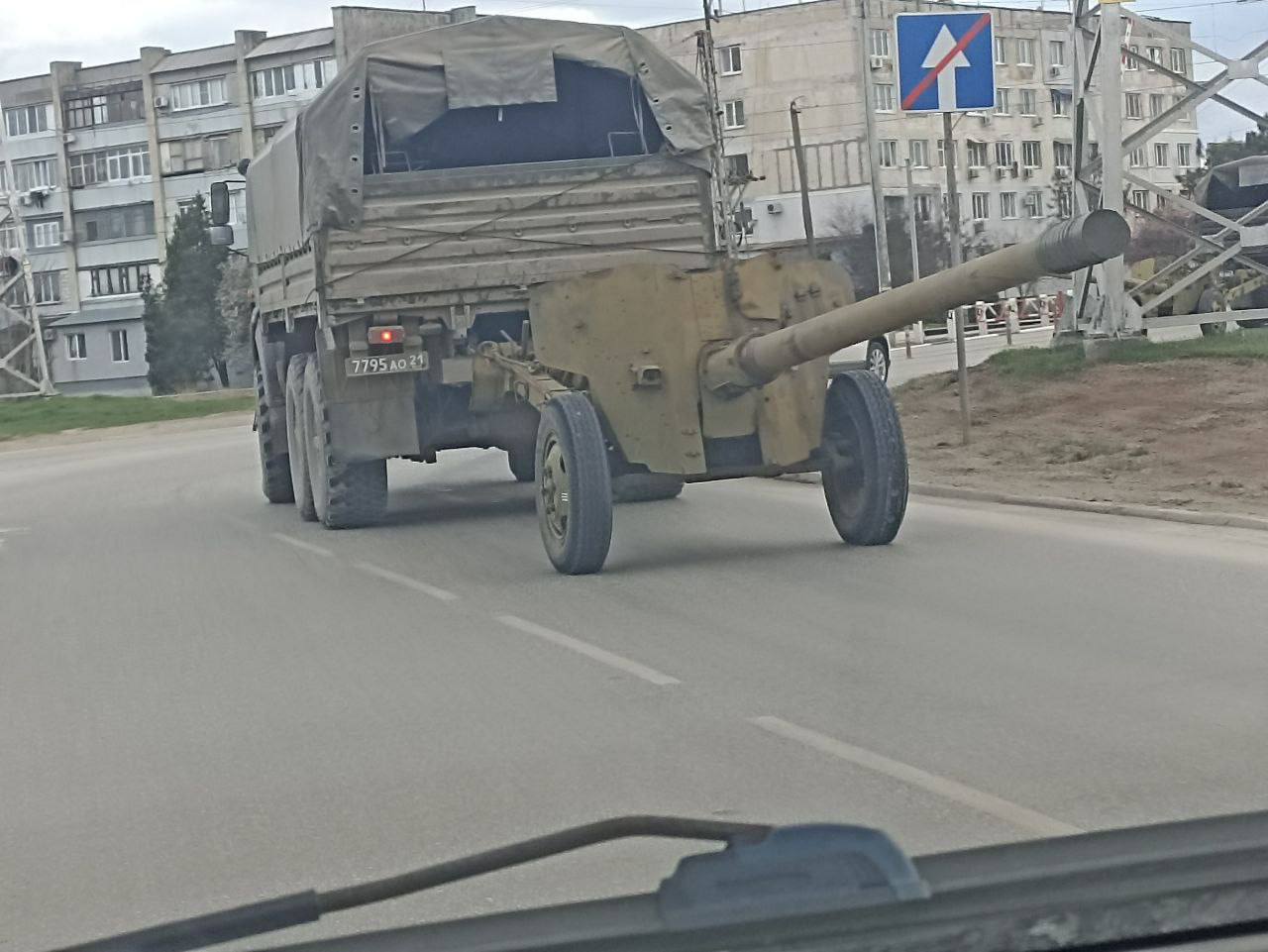
So far, nothing is known about the use of the T-12 in combat in Ukraine. But the modernization of 1970 MT-12 "Rapier" is used by both sides as a conventional artillery piece. For example, for some time, State Duma deputy Vitaly Milonov served in the calculation of such a gun. The Ukrainian army makes improvised self-propelled artillery mounts from the MT-12, placing them on the MT-LB multi-purpose transporter-tractor. One of these machines can be seen in the clip of the Ukrainian group Kozak System. There is a known case of using the MT-12 for its intended purpose – the Ukrainian military knocked out Russian equipment with its help.
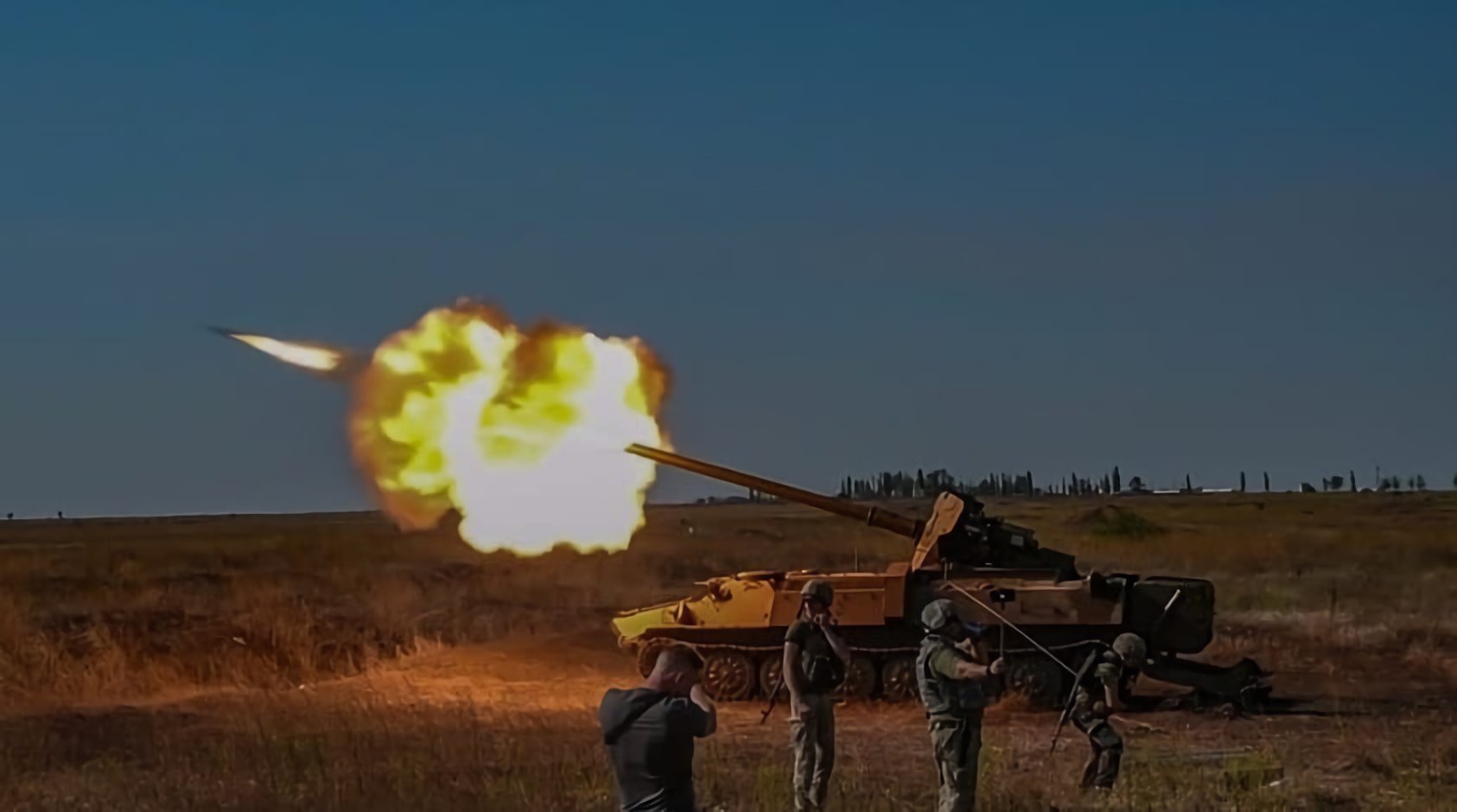
Uncompetitive tanks T-54 and T-55
The T-54 and its outwardly hard-to-distinguish upgrade T-55 is a tank that has become one of the symbols of the Cold War. The first samples of these machines saw the light back in 1945, and the first "combat" use, as in the case of the T-62, happened during the suppression of the anti-communist uprising – the Hungarian Revolution of 1956.

Since then, the tank has participated (and still participates) in almost all significant military conflicts. For example, the Sudanese Armed Forces use the T-54 and T-55 in confrontation with the Rapid Reaction Forces.
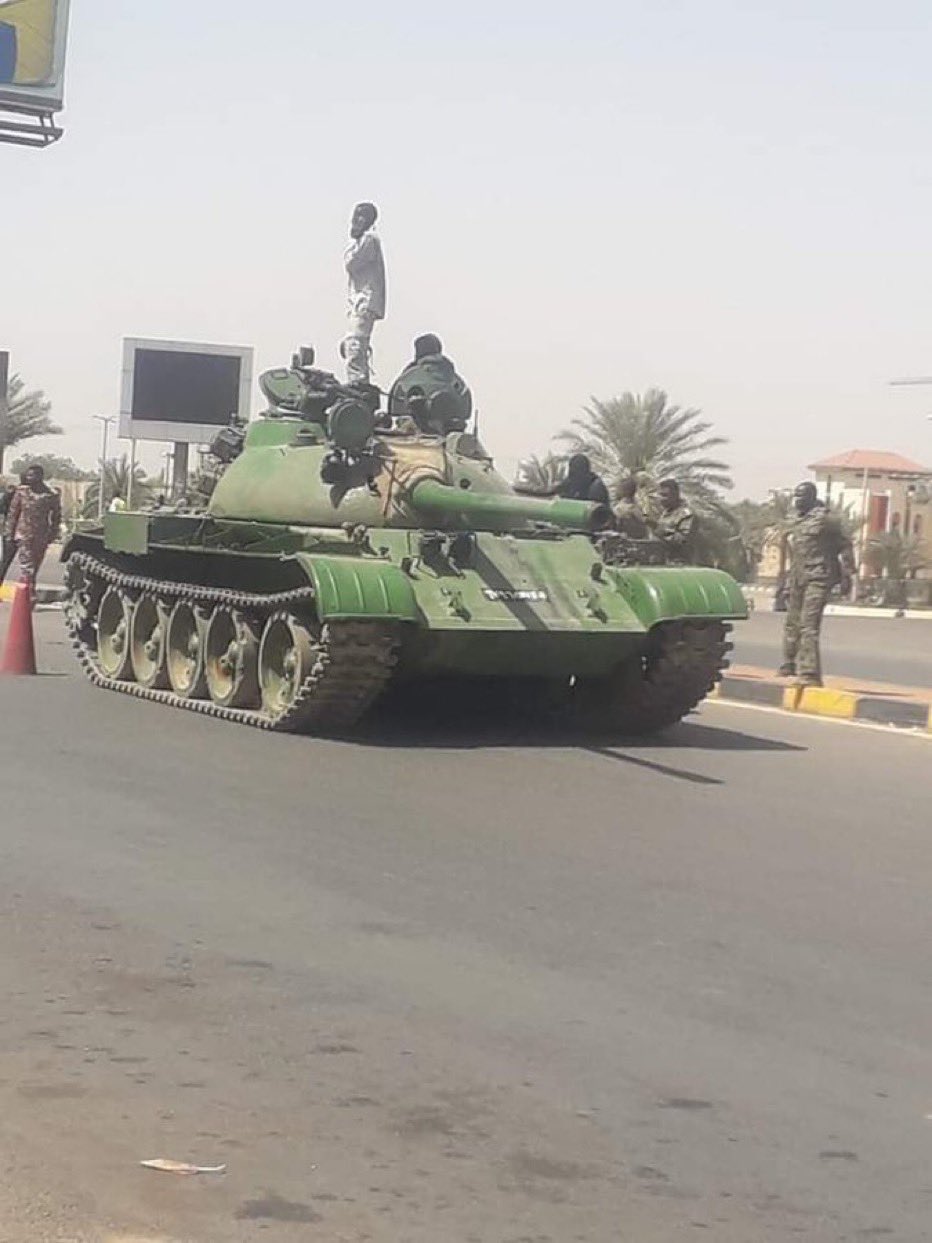
Interestingly, during the full-scale invasion of Ukraine, the first T-55s were received by the Armed Forces of Ukraine. We are talking about the Slovenian deep modernization of the M-55S , which is equipped with a new gun for the NATO 105-mm caliber and a modern computerized fire control system. These tanks, along with American M2 Bradley infantry fighting vehicles, are in service with one of the brigades trained for the Ukrainian counteroffensive, according to The Insider sources.

Officially, in Russia, the T-55s were decommissioned only in 2010, while some of them remained in storage. CIT researchers were the first to report a possible return of the T-54/55 to Russian troops, who obtained photographs of the echelon with these tanks in the Far East. Even the eternally pessimistic pro-Russian blogger Andrey Morozov assumed that the T-54/55 would be donors of spare parts for the T-62 and BTS tractors. However, soon the first photo of one of these tanks appeared on the front line in the Zaporozhye region. Judging by the photo, the Russians decided to do without any modernization.
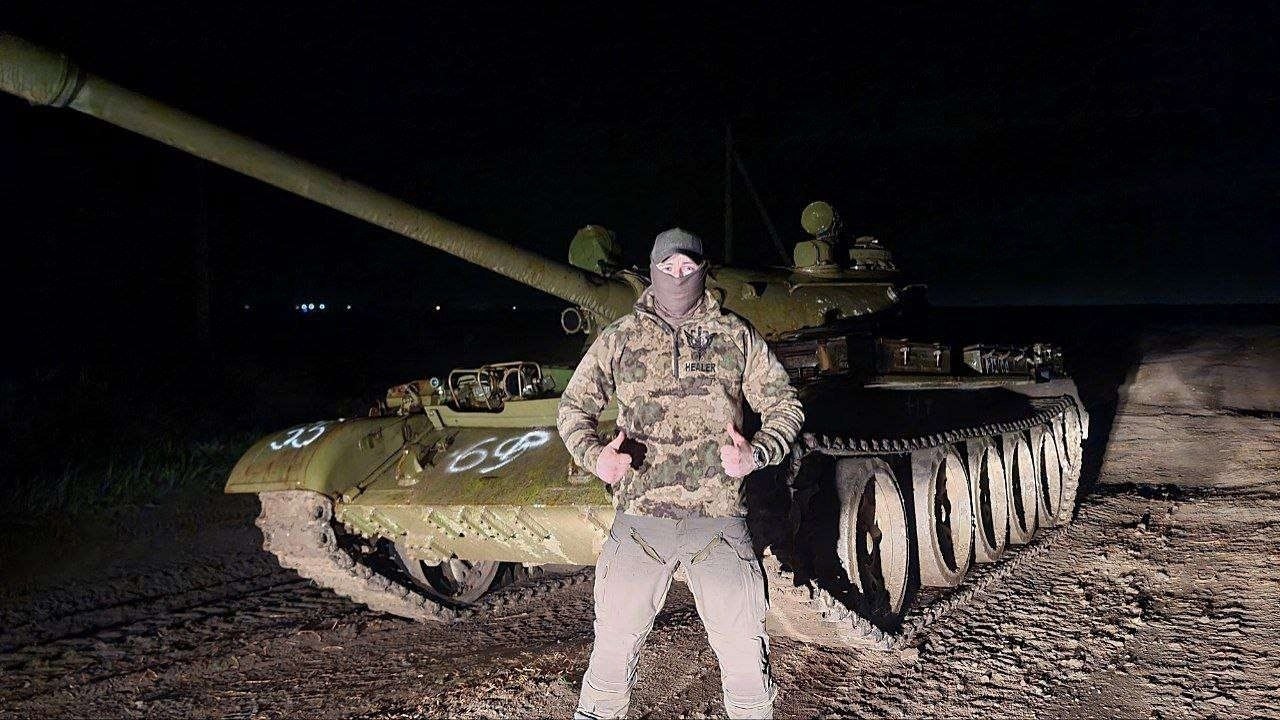
The rich history of the T-55 did not go unnoticed in the near-military environment. So, on his Twitter, a retired German soldier (under the nickname Der Gepardkommandant) posted photos of the T-54/55 and Leopard 1 (which are also planned to be put into service with the Armed Forces of Ukraine) with the comment “natural rivals”. Apparently, he means that these tanks were supposed to confront each other on the fields of Europe in the event that the Cold War went into a hot phase, and now they got a chance to converge in a real battle.
It should be noted here that the Leopard 1 in the A5 modification is superior to the T-54/55 in everything, which, unlike later tanks, is devoid of fire control systems and gun stabilization, so it can only be used as an impromptu artillery mount or a stationary firing point . However, even in this capacity, it is unlikely to compete with the BMP M2 Bradley and the French "wheeled tanks" AMX-10 RC, which have already encountered Iraqi T-55s during the Gulf War, which ended in the defeat and flight of Saddam's army.

T-34 and IS-3: fakes and memes
Each appearance in the Russian army of a “new” model of obsolete equipment causes a wave of jokes on social networks. Twitter users suggest that soon Russia will reach the famous T-34s, which are still found on parades and pedestals throughout the country.
Meanwhile, some accounts claim that these and other WW2 tanks are indeed on their way to the front. However, these messages (so far) turn out to be fakes. So, the American analyst Chuck Pfarrer wrote about the delivery of the T-34 to the front in Ukraine. The tweet was so popular that Twitter moderators had to add a disclaimer to it. As it turned out, the footage published by Pfarrer was actually filmed in 2019, when Russia received a batch of serviceable T-34s from Laos to participate in the parades.

In March 2023, some accounts “ sent ” IS-3 tanks to Ukraine, which appeared at the end of World War II and did not have time to take part in the hostilities. However, this information was denied in his Twitter by an analyst acting under the nickname Status-6. According to him, the photo of the IS-3 circulating on social networks was actually taken back in 2021 or 2022. In addition, nothing indicates that this equipment is sent to Ukraine.
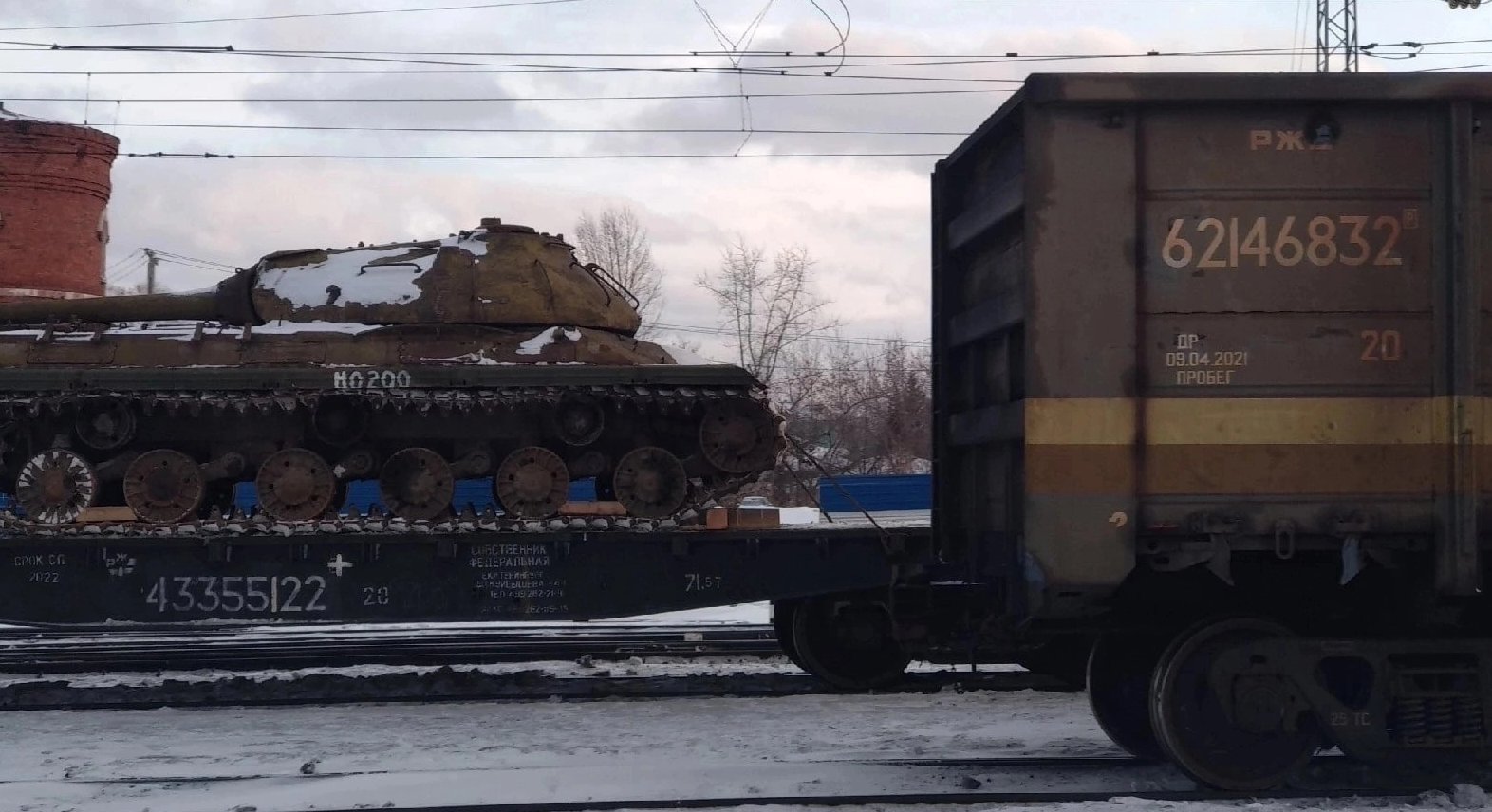
Some Twitter users have focused on memes instead of creating fakes. So, on April 1, 2023, the Caliber Obscura researcher published “news” that Uralvagonzavod plans to modernize fifty T-34s, equipping them with new engines, automatic loaders, Kontakt-1 dynamic protection (which itself became the object of memes ) and plush figure of Sergei Shoigu.

Although T-34s are unlikely to be at the front (in the foreseeable future), the appearance of other obsolete equipment in the war indicates serious problems with the provision of Russian troops with artillery and combat vehicles. The usefulness of most of the samples mentioned in the article on the modern battlefield is very limited. However, in the current conditions, when Russian industry is unable to cope with the needs of a full-scale war, the military and mercenaries, it seems, will have to fight more and more often, “like grandfathers”, and continue to suffer heavy losses.


